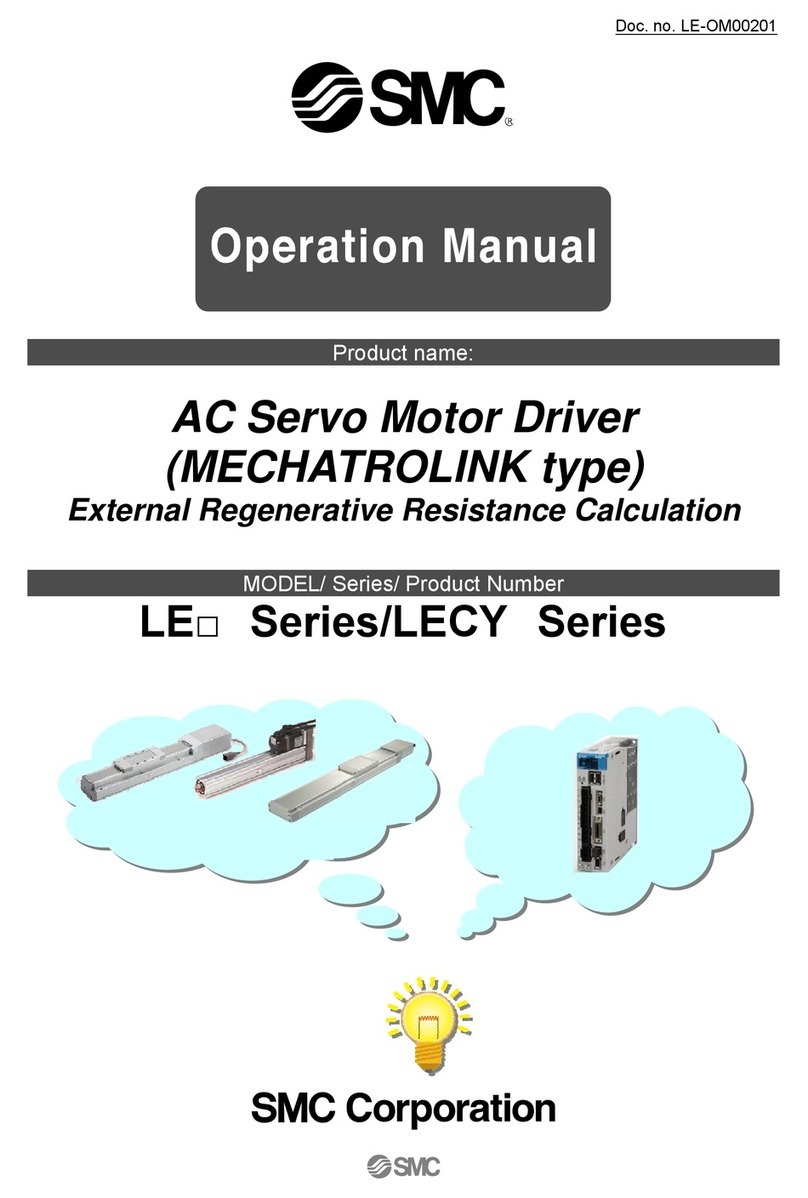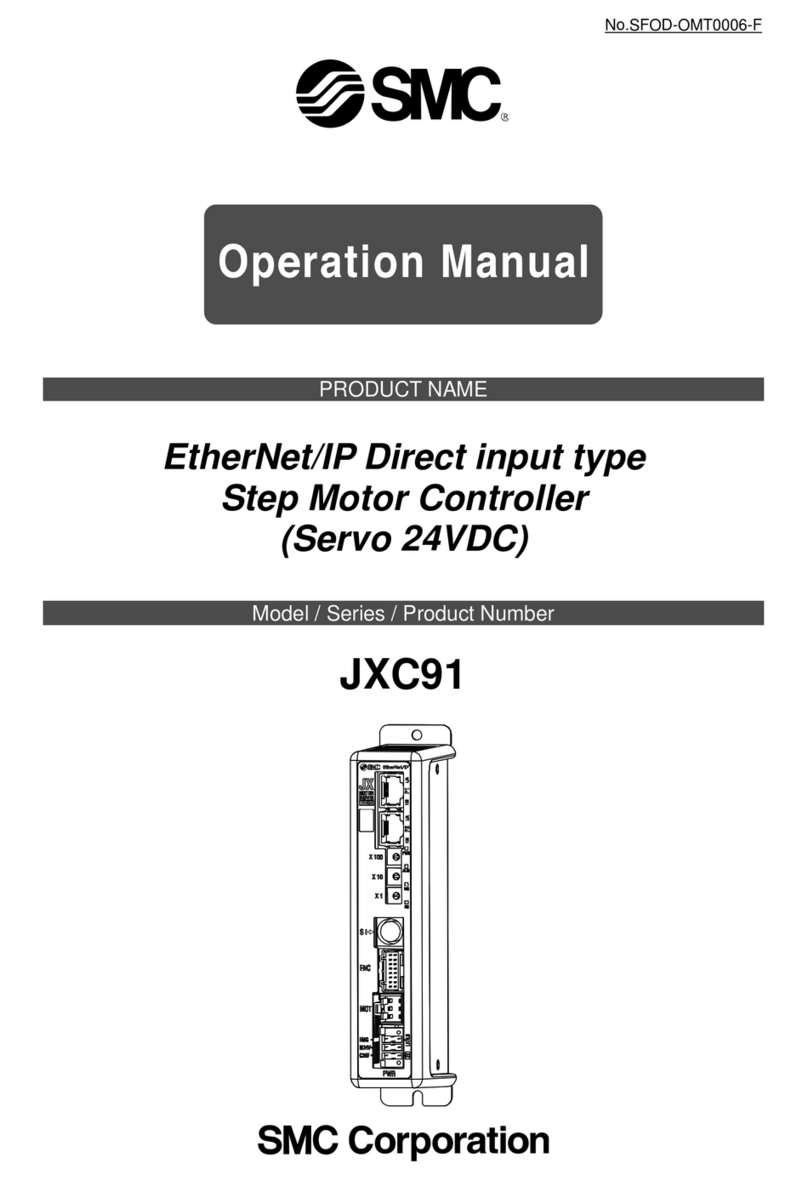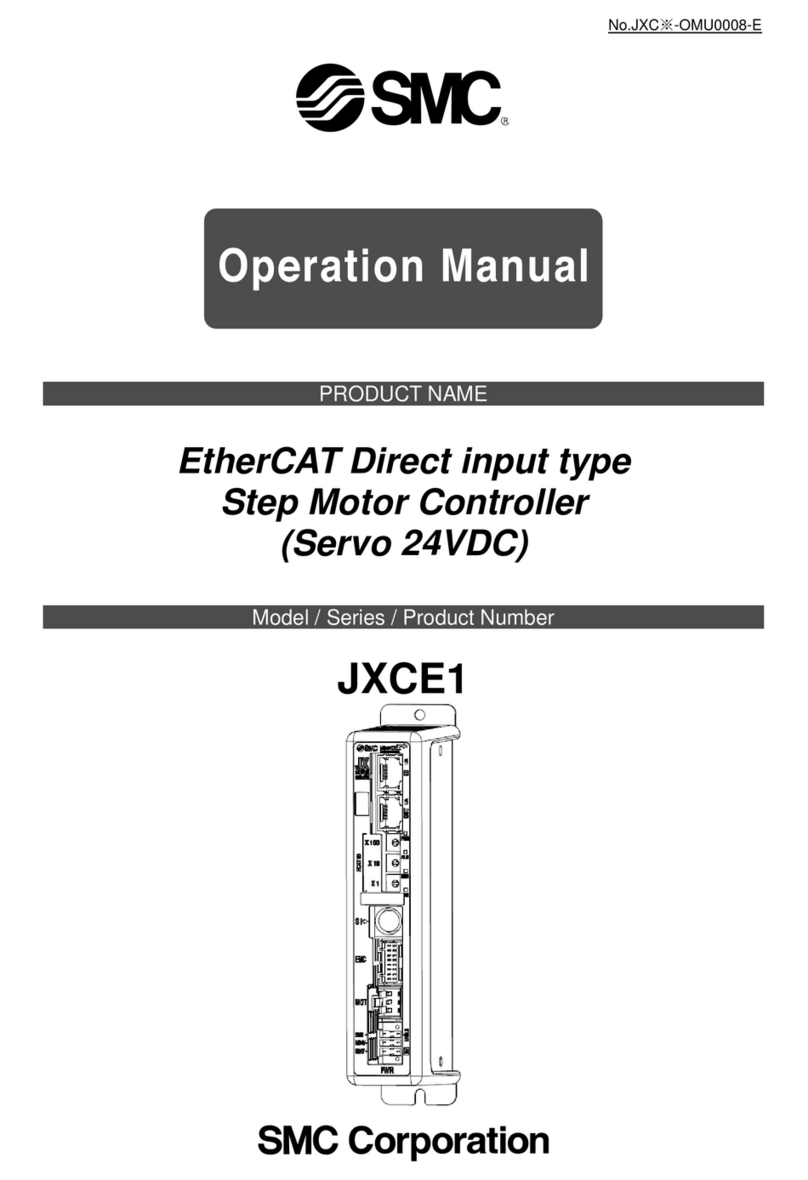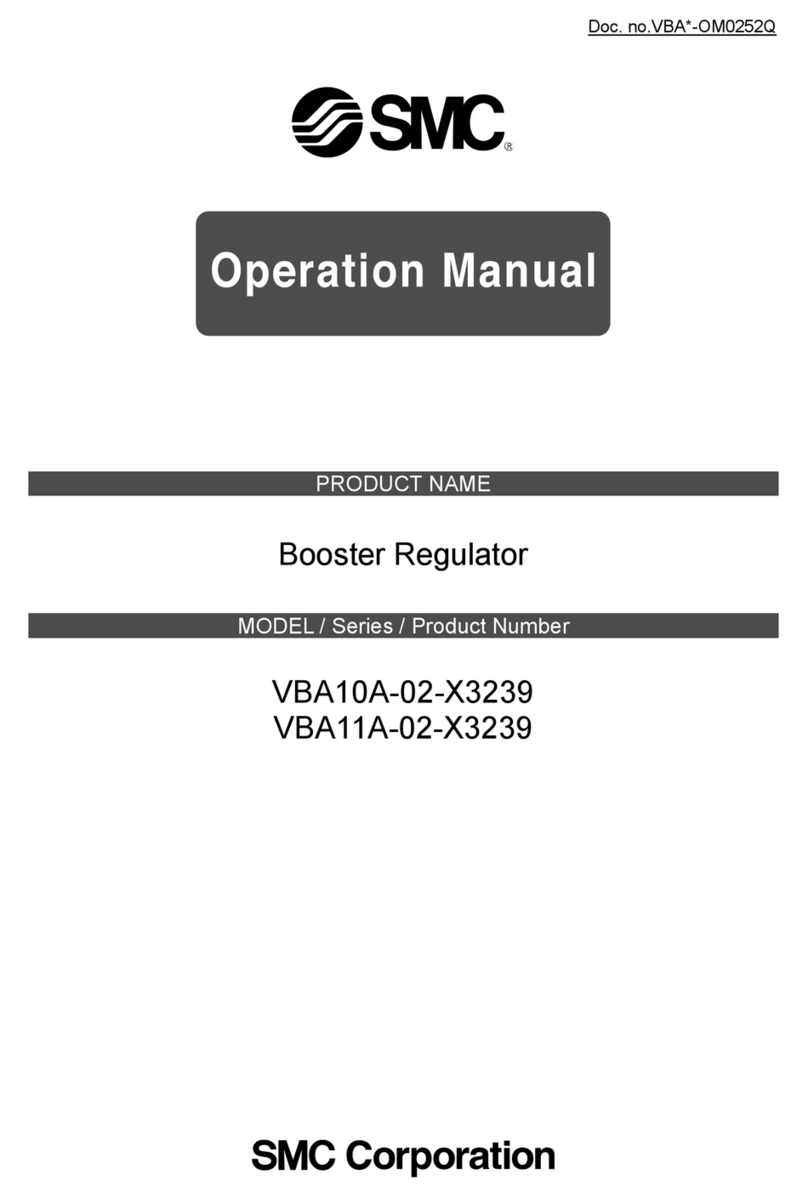SMC Networks ITV Series User manual
Other SMC Networks Controllers manuals

SMC Networks
SMC Networks ITV1000-52 Series User manual
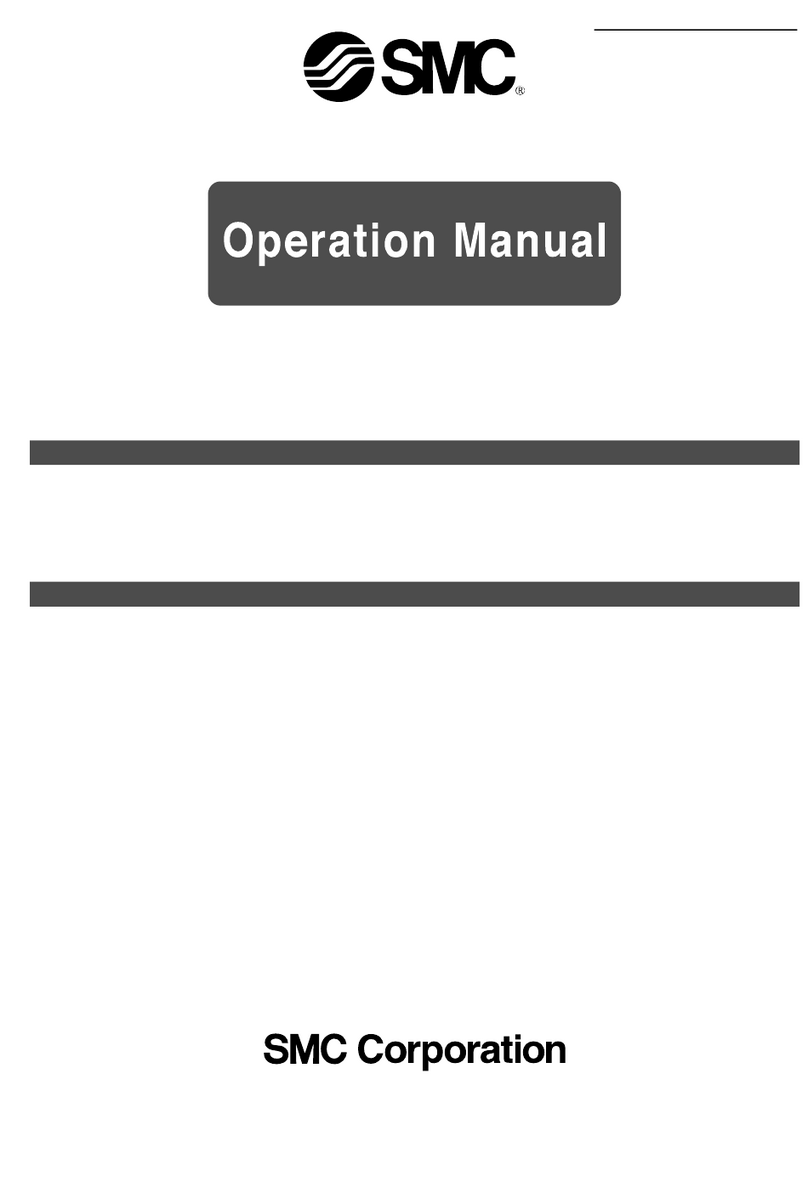
SMC Networks
SMC Networks AWM20-01 Series User manual
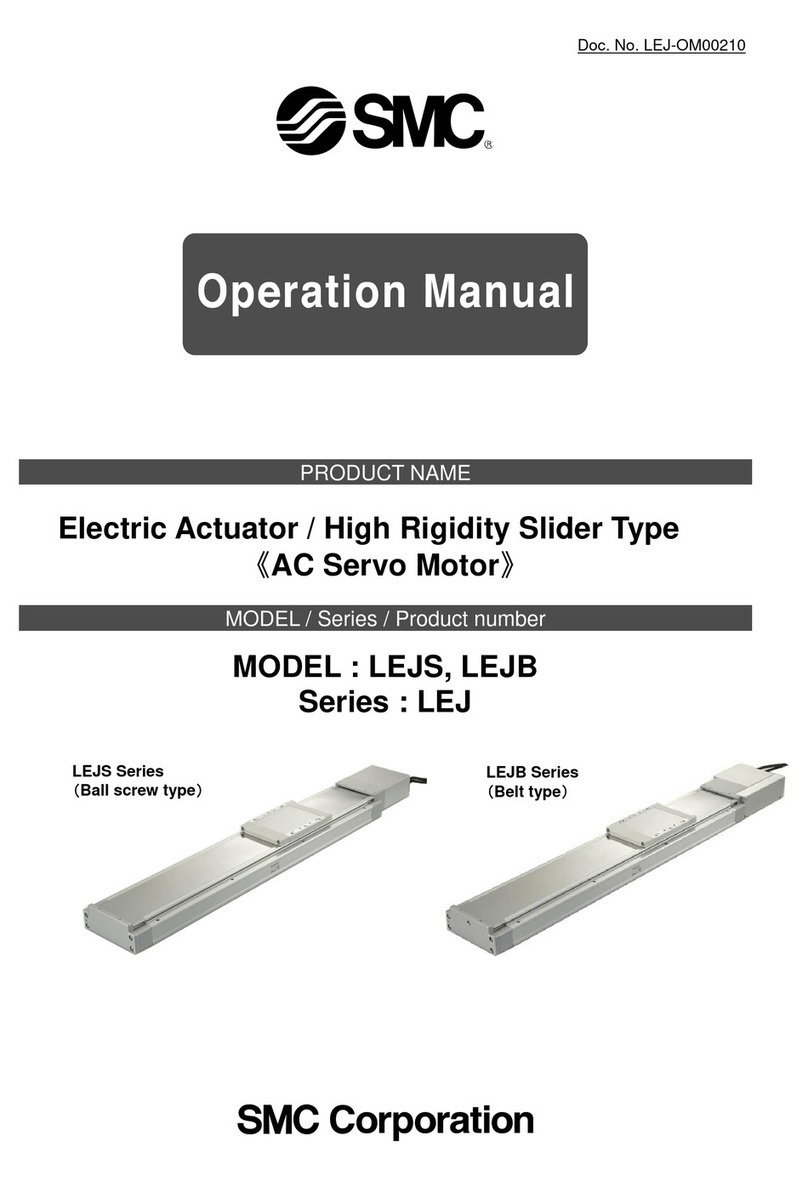
SMC Networks
SMC Networks LEJ Series User manual

SMC Networks
SMC Networks LEF Series User manual
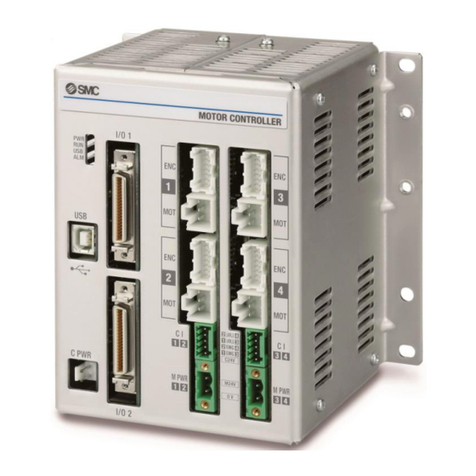
SMC Networks
SMC Networks JXC73 Series User manual
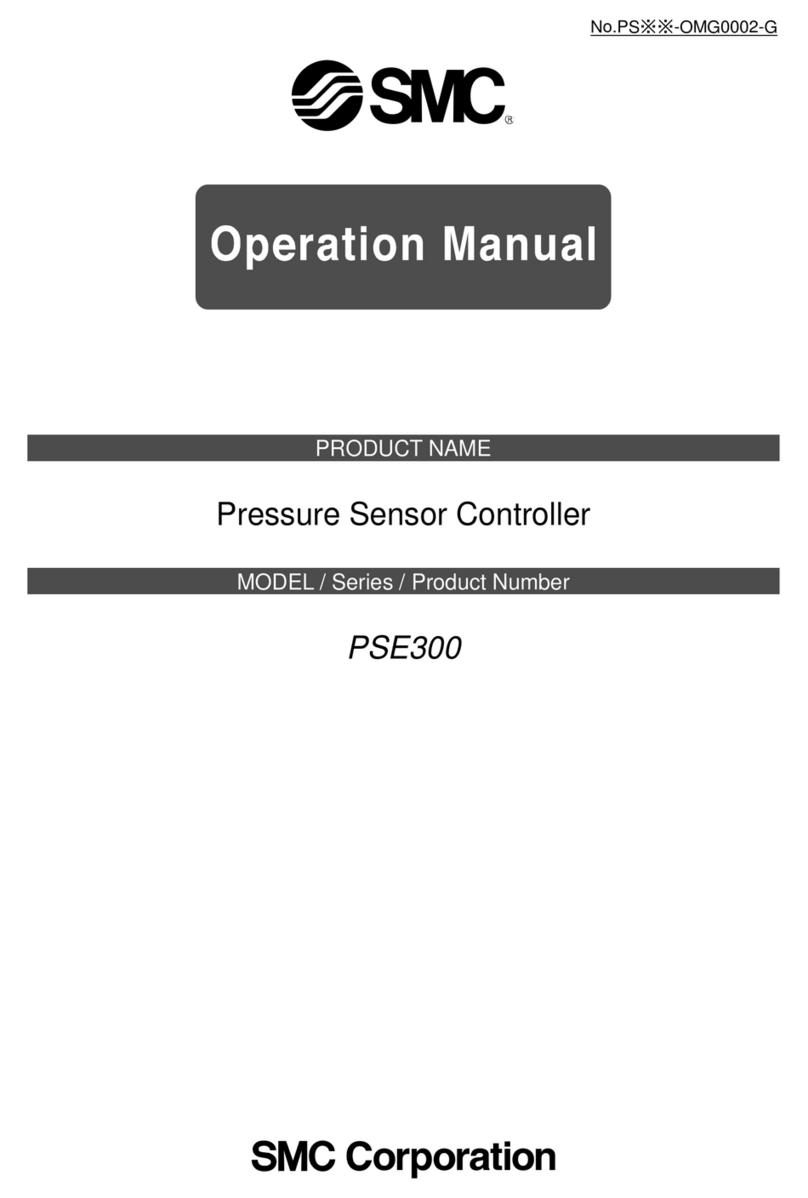
SMC Networks
SMC Networks PSE303-LBC User manual
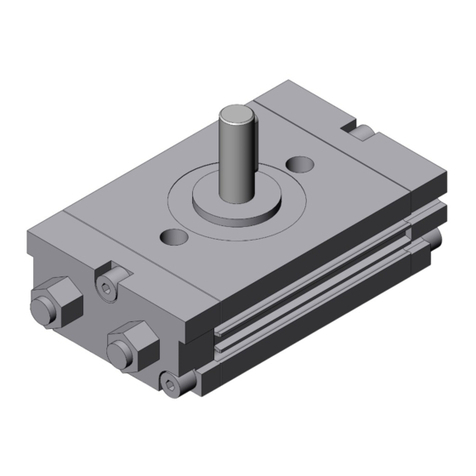
SMC Networks
SMC Networks CRQ2X User manual
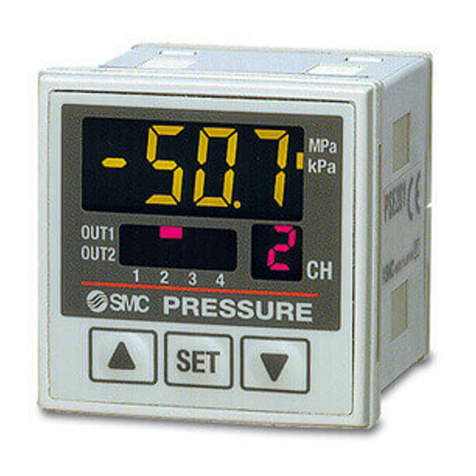
SMC Networks
SMC Networks PSE200-M Series User manual
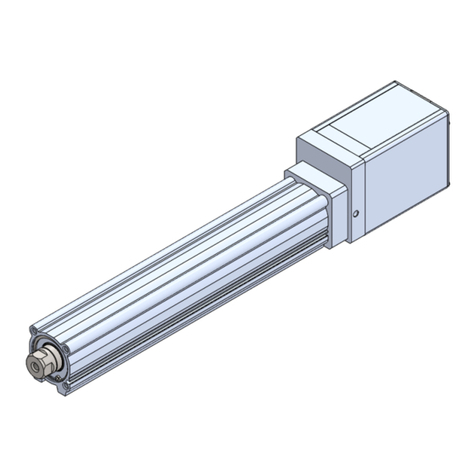
SMC Networks
SMC Networks EQY Series User manual

SMC Networks
SMC Networks HYC Series User manual
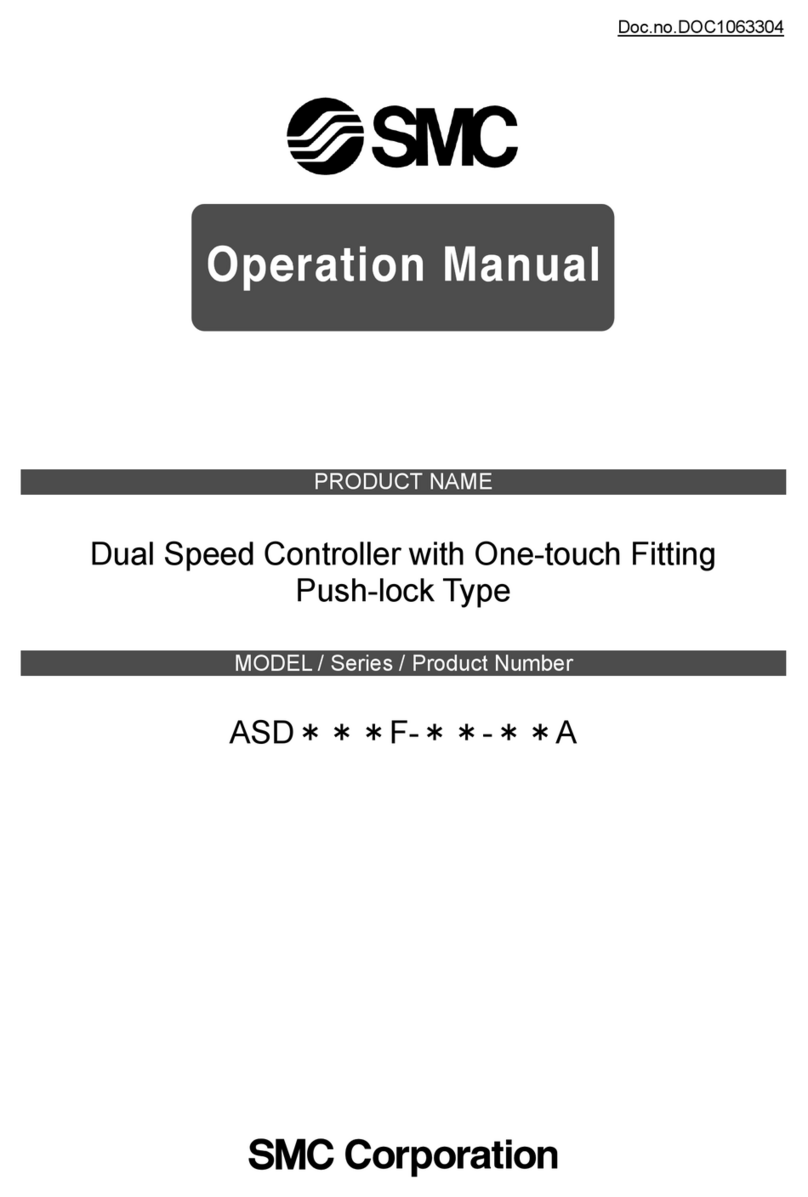
SMC Networks
SMC Networks ASD F-A Series User manual
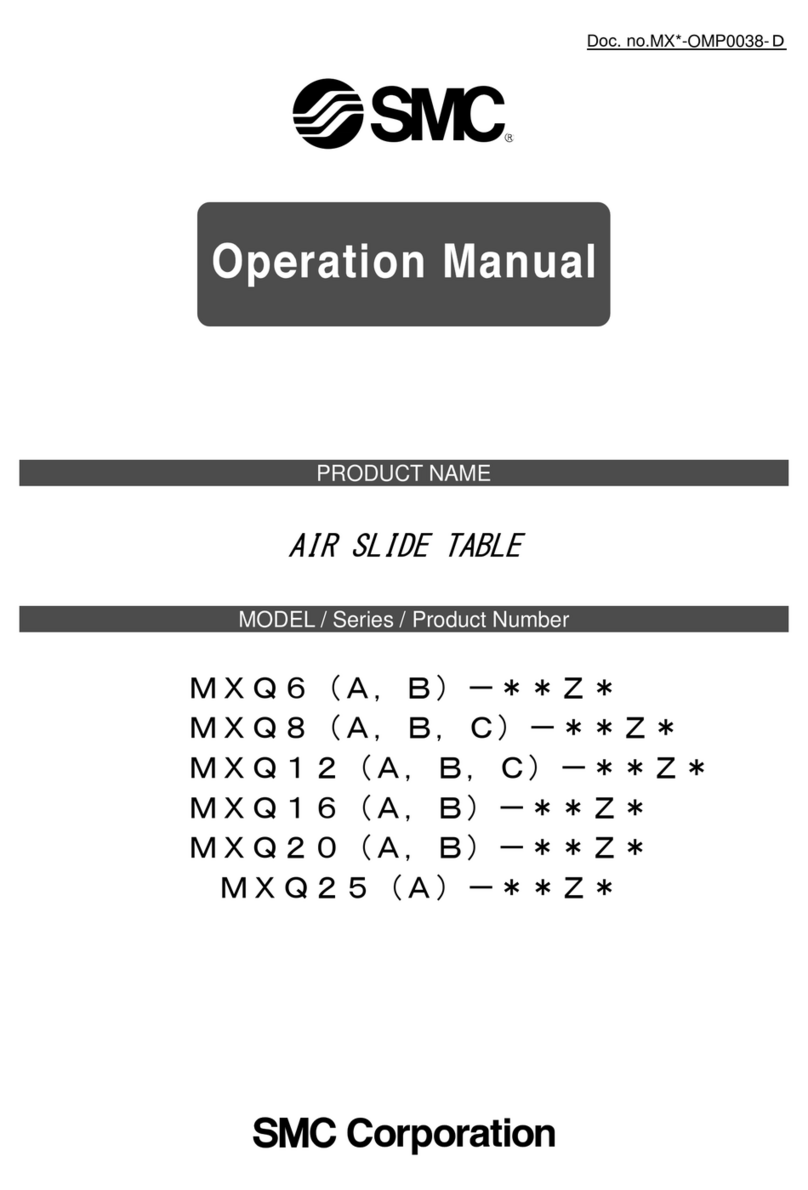
SMC Networks
SMC Networks MXQ6 Series User manual

SMC Networks
SMC Networks IN-777 Series User manual
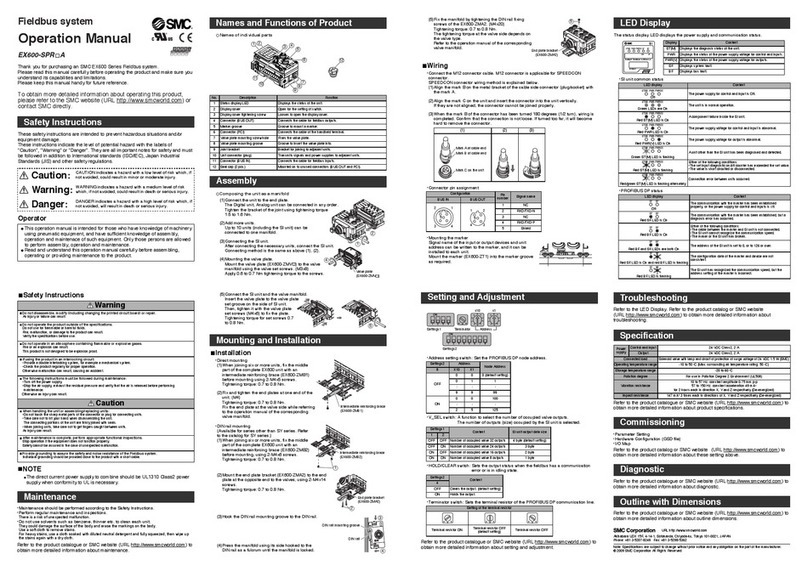
SMC Networks
SMC Networks EX600-SPR*A Installation manual
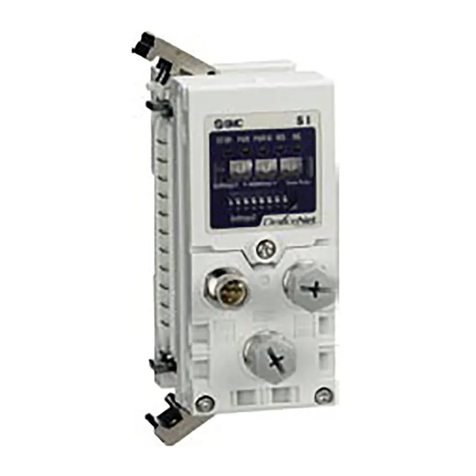
SMC Networks
SMC Networks EX600-SPN1 Instruction Manual
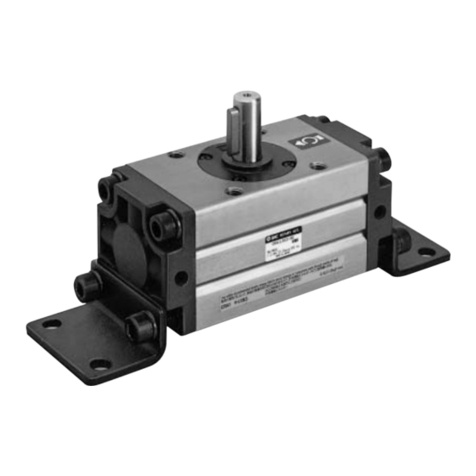
SMC Networks
SMC Networks CRA1 Series User manual
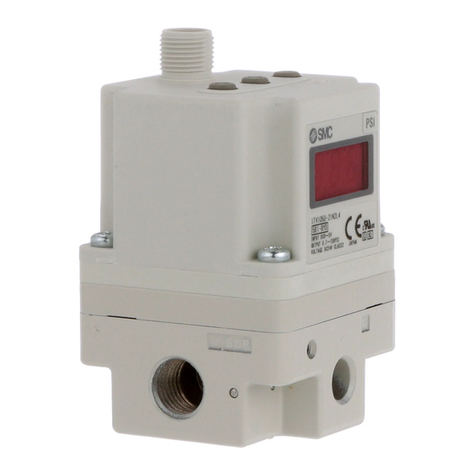
SMC Networks
SMC Networks ITV1050 Manual
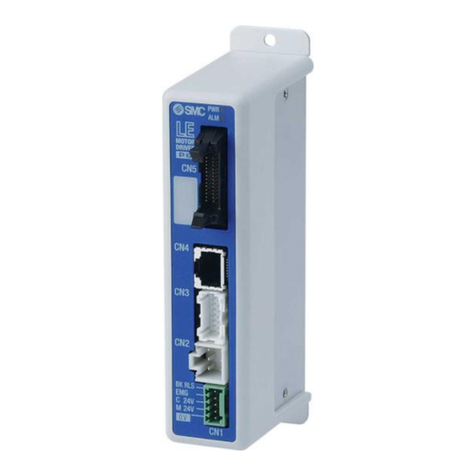
SMC Networks
SMC Networks LECP6 Series Manual
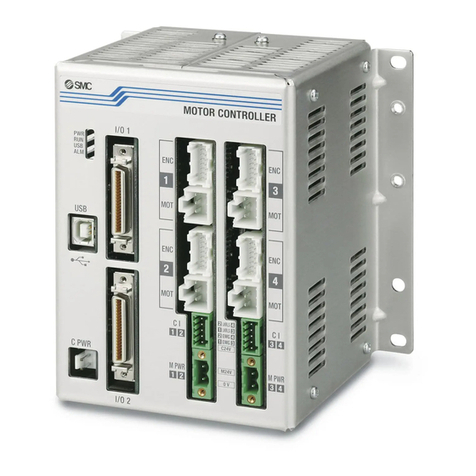
SMC Networks
SMC Networks JXC93 Series User manual
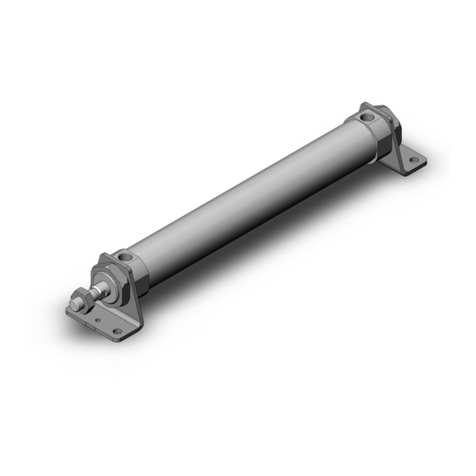
SMC Networks
SMC Networks C M2 Z Series User manual
Popular Controllers manuals by other brands

Digiplex
Digiplex DGP-848 Programming guide

YASKAWA
YASKAWA SGM series user manual

Sinope
Sinope Calypso RM3500ZB installation guide

Isimet
Isimet DLA Series Style 2 Installation, Operations, Start-up and Maintenance Instructions

LSIS
LSIS sv-ip5a user manual

Airflow
Airflow Uno hab Installation and operating instructions
